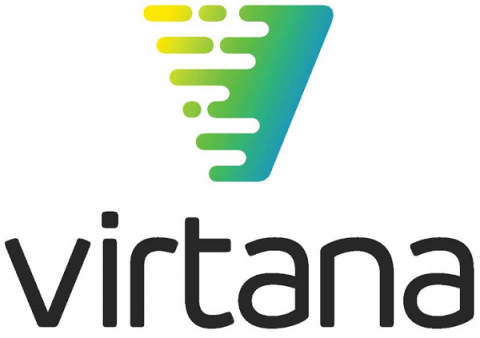Two Thirds of Global 2000 Risk Unexpected Cost/Performance Issues by Rushing Their Legacy Applications to the Cloud Due to COVID-19
Virtana metrics reveal most applications migrated to the public cloud since March were simply “lifted and shifted” without being optimized


